Emergency preparedness with some meatless meal planningHere in the US we are being warned about an imminent meat shortage, due to coronavirus shutting down animal processing plants. For many, meat is a cornerstone of the dinner plate, and the idea of it being in short supply is enough to trigger panic-buying of all the flesh foods you can lay your hands on. I’m not here to tell you that you should convert to vegetarianism tomorrow, or that nobody needs to eat meat anyway - those decisions are yours to make, taking into account your personal values, nutritional needs and desires. But, if we all ate a little less meat, there’d be more to go around, and, you’d probably be improving your health. Plus, meat-free meals are typically less expensive, which is another motivating factor for many during this pandemic. If you’re currently a daily carnivore, eating ‘less meat’ could mean just one night a week is plant-based (like the Meatless Monday movement). In my household, half our weekly dinners are plant-based, a couple are fish nights, and a couple are poultry, or occasionally red meat. (We were vegetarian for a few years, but we now enjoy moderate meat consumption, for health and harmony!) Many people worry about getting enough protein if they aren’t eating meat. The Western diet is very meat-centric, leading us to believe that it is the best or only form of protein, which isn’t really true. While meat is undoubtably a good source of protein, and minerals, and B vitamins, eating too much of red and processed meat is associated with higher risk of cardiovascular disease, colorectal cancer and type 2 diabetes (1). Lots of other foods provide protein, and you may not need as much as you think: the average adult female needs between 46-66 grams per day, based on activity level, muscle mass and health status, while the average male needs between 56-76 grams. As it stands, the average American typically eats almost twice that, which isn’t really a problem, but there’s certainly no need to worry about protein deficiency (2). Eating meat-free meals doesn’t have to mean only eating plants (veganism), or eating low protein, nor does it require venturing into the world of mysterious meat substitutes. It can mean eating more fish and seafood, and more meals based around eggs and dairy. It can also mean more beans and lentils, and this is where a lot of people get lost. It might seem daunting to cook beans if you aren’t familiar with them yet, but they can be surprisingly easy and delicious to prepare, especially if you use canned beans. Lentils are even quicker and easier, with no soaking required. If meal prep with beans and lentils is new territory for you, try to get your meal-planning mind off the Western dinner plate and into Asian and Middle Eastern cuisine, where these foods are staples and prepared in endless, flavorful ways. So, without further ado, here is a list of recipes for quick and easy meatless meals, focusing on whole, unprocessed foods, from my family (and friends) to yours. I've categorized under fish & seafood, dairy & eggs, beans, lentils, and soy products. Almost all are things I cook regularly, though I confess I don’t usually follow recipes, so I’ve tried to find ones that have a similar mix of ingredients and stellar reviews! Let me know in the comments if you try any and how they work out.
|
AuthorHi, I'm Amy. I'm a nutritionist in the DC area, working with clients of all ages, focusing on prenatal and pediatrics. I'm all about straightforward, evidence-based health & wellness advice - because life/parenting in the modern world is complicated enough! Categories
All
November 2022
|
Seed to Sapling Nutrition
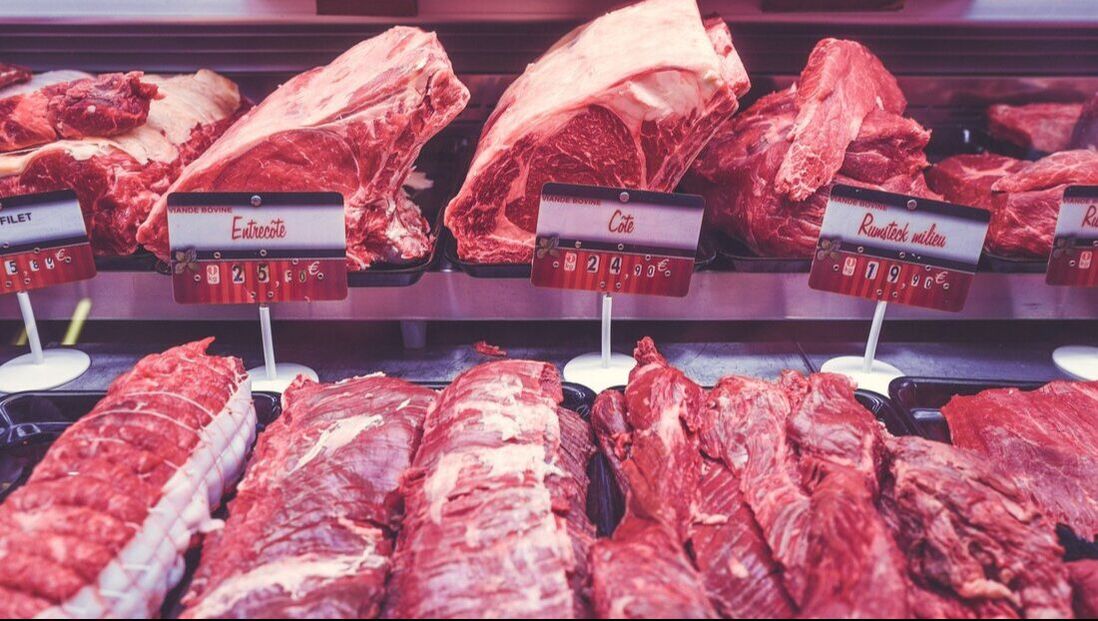

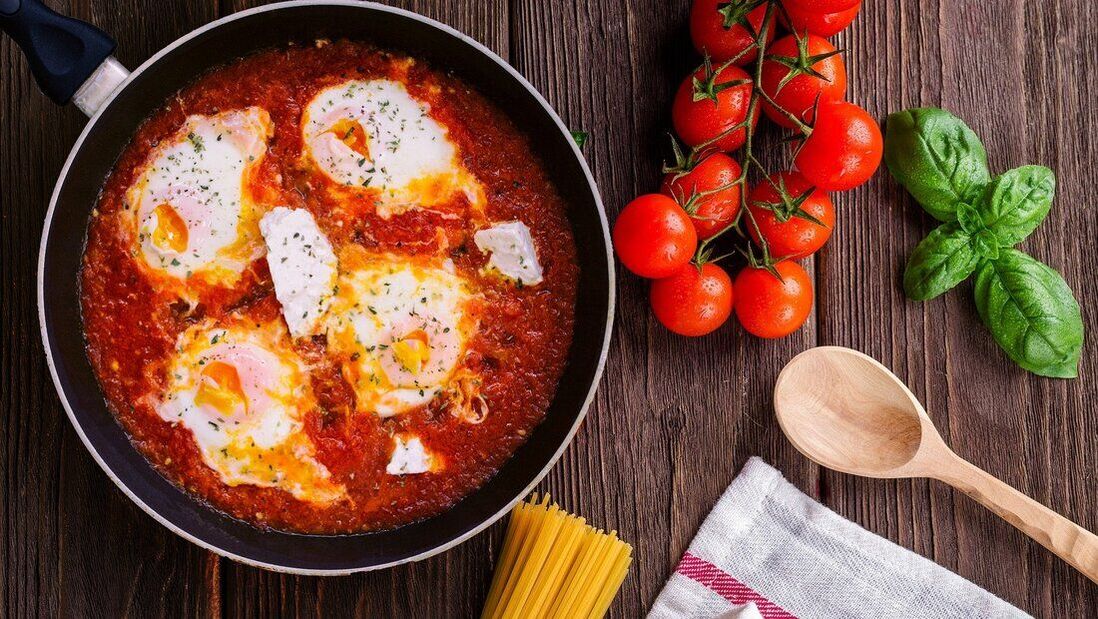
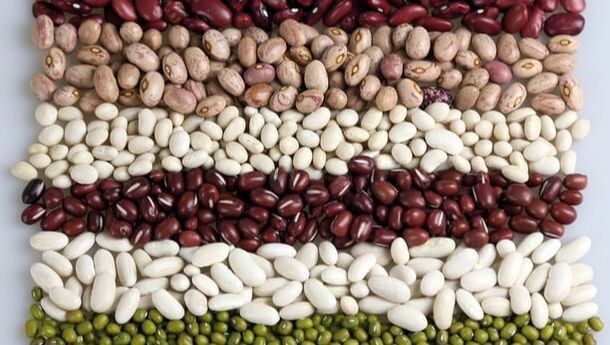
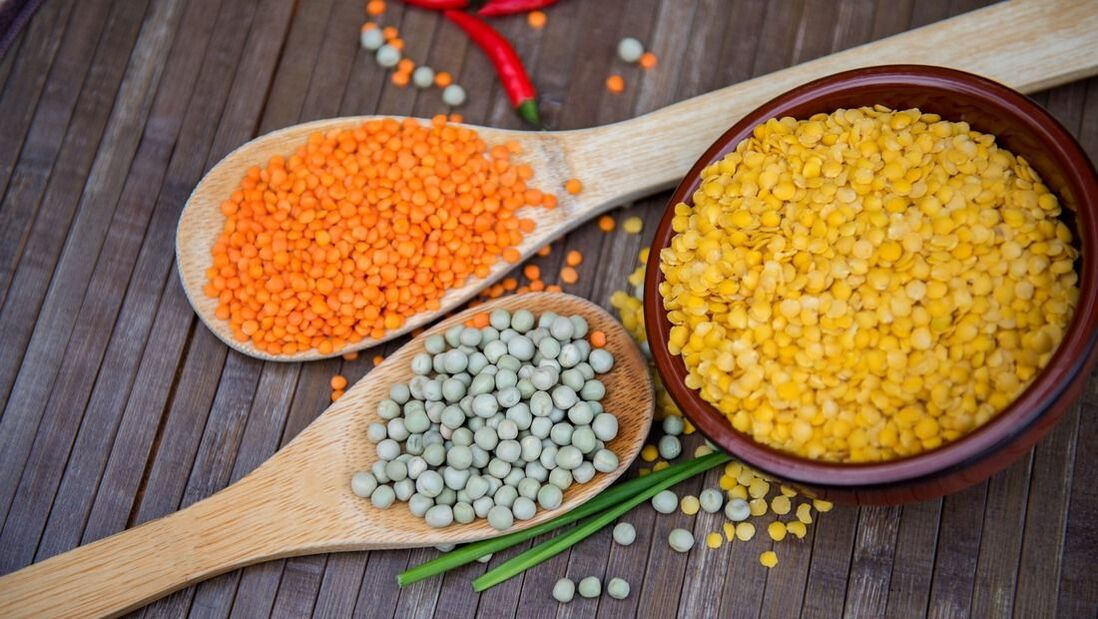
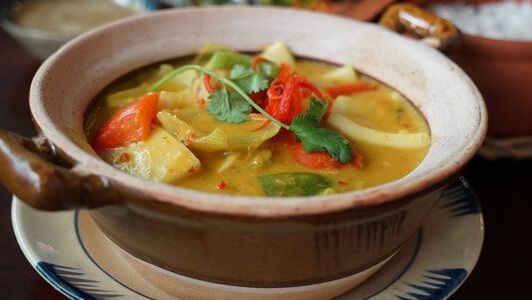
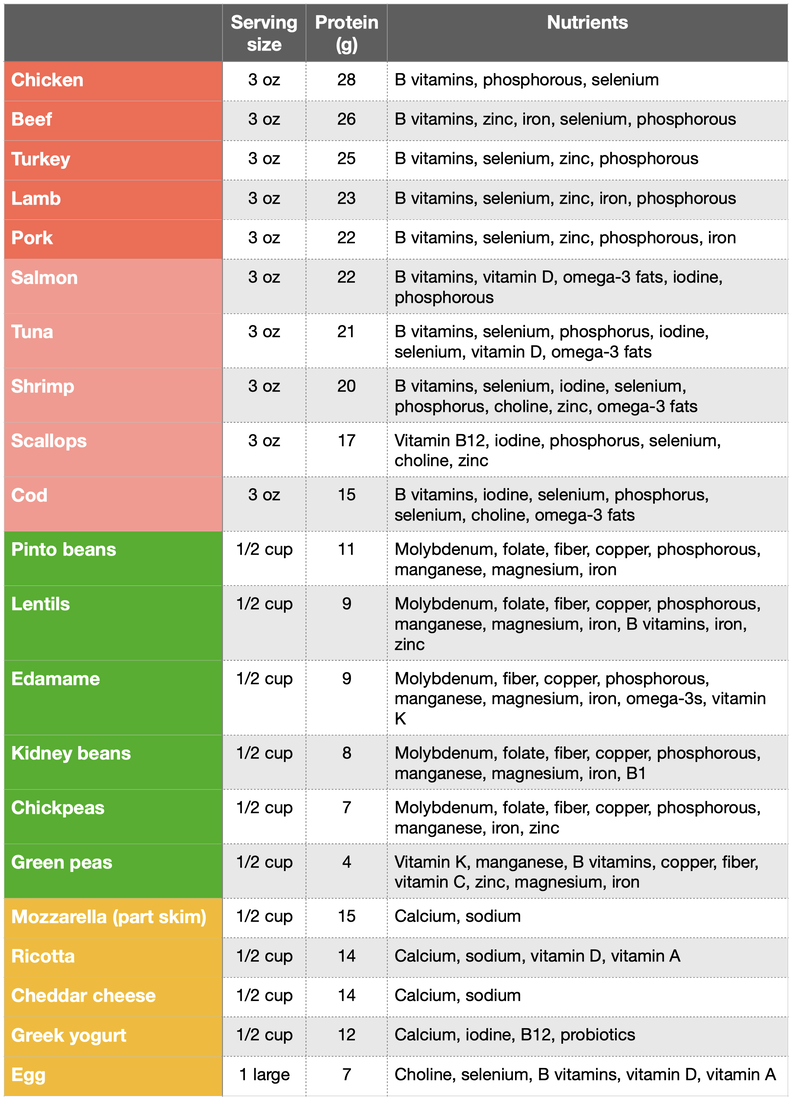
 RSS Feed
RSS Feed